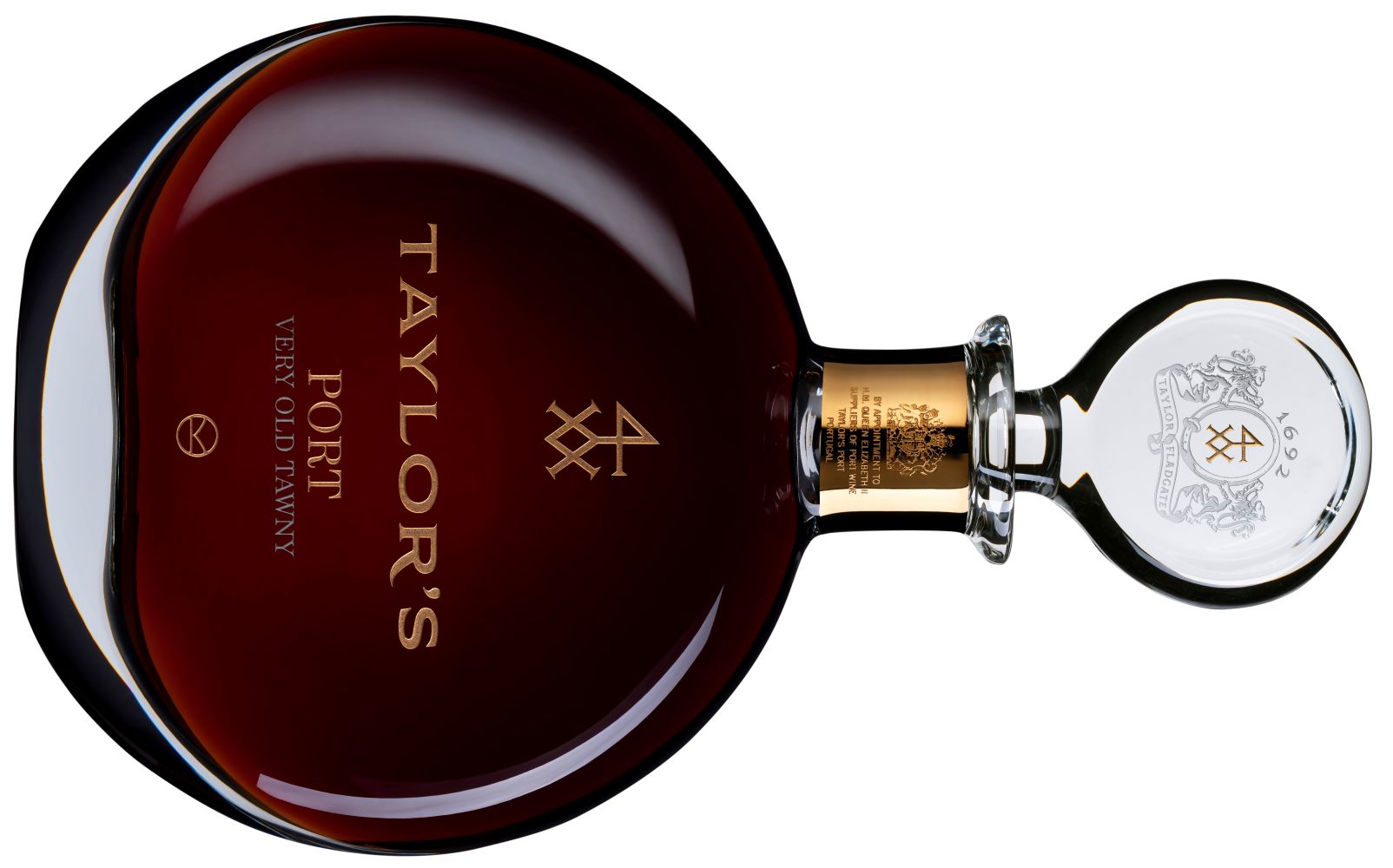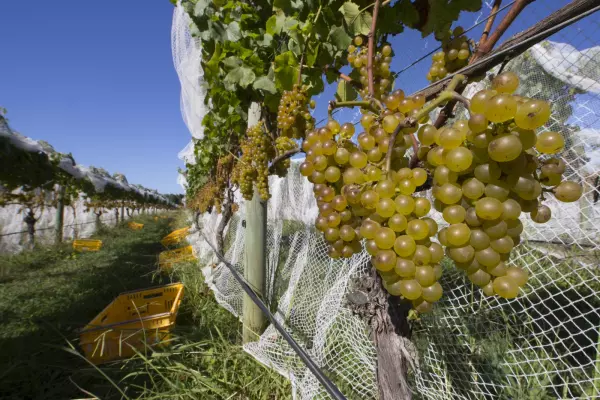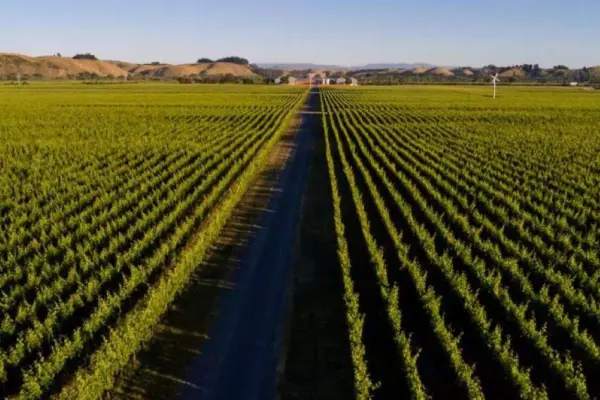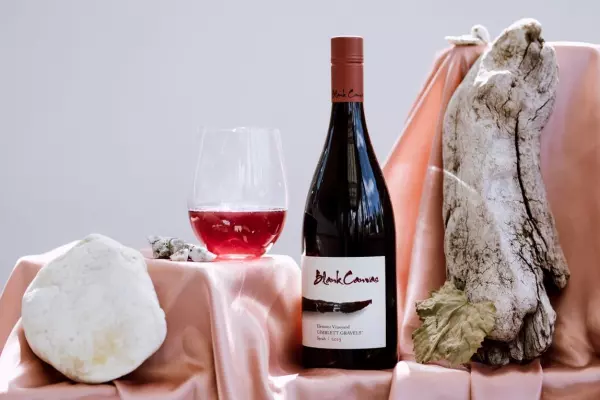‘Vintage’ is the year in which the grapes are harvested. Here in New Zealand, the vintage begins in the warmer north around February and concludes in May in the cooler south. In the northern hemisphere, vintage takes place six months later.
The vintage date of most wines is usually found on the front label. This useful piece of information allows us to tell how old a wine is. It also offers a clue to the wine’s character and quality.
Every vintage is different. A good vintage will generally be sunny, reasonably dry, frost-free, and hail-free. If the weather is too hot (over 35oC), the grapes can shut down. Too dry and the vines may suffer from water stress. Ideally, the grapes should be picked when they are at optimum ripeness and without pressure.
Weather conditions typically vary from region to region. It is possible for one wine region to enjoy ideal conditions while its neighbouring region has a ‘challenging’ vintage. It is very unusual for the whole country to experience a very good vintage, although we got close in 2020, when most wine regions enjoyed hot, dry conditions with the exception of Central Otago, where cool flowering and fruit set reduced the crop level, although quality looks promising.
Different grape varieties respond differently to the same weather. The thick-skinned cabernet sauvignon blanc grape is resistant to quite heavy rain but its thin-skinned partner, merlot, goes to pieces at the drop of a hat.
Which brings me to vintage charts.
I started recording vintage ratings for the major grape varieties and regions in 1991 and have been giving them all a score out of 10 ever since. I also provide the International Wine & Food Society with New Zealand vintage ratings on an annual basis. The society has produced an international wine vintage chart for its members since 1935. I consult vintage charts when buying European wines, particularly those from Bordeaux and Burgundy, before handing over my credit card.
Vintage charts are a rough guide. If you are perusing a wine list and have the option of buying a Gisborne chardonnay from 2019 and 2018 and choose the younger wine after checking my vintage charts below, there is at least an 80 percent chance that you will have picked the better wine.
NZ wine vintages 2010 - 2020
Serious, quality-focused wine producers try not to compromise the quality of flagship brands in a tough vintage. They either use a rigorous selection process or skip a vintage.
Bob's Top Picks
Investment Wine
Taylor’s Very Old Tawny Port – Kingsman Edition, $5800
Pale tawny with a pronounced green tinge. A great aroma of coffee, caramel, butterscotch and more! The palate is even better – obvious cask age character with dried fruits/Christmas cake, vanilla, five spice and almond, plus an array of nuances that are difficult to identify but a delight to savour. Good acidity perfectly balances restrained sweetness. Wonderful stuff. Aged for nearly 90 years in barrel. 700 bottles made.
Weekend Wines
Top White
Dog Point 2014 Section 94 Sauvignon Blanc, Marlborough, $40
Tantalising sauvignon blanc made from grapes grown on 29-year-old vines and aged in older French oak barrels for 18 months. A taut, savoury wine with chalky mineral and struck flint reductive characters and nut and ginger yeast lees supported by vibrant acidity. Harmonious wine from a top vintage. Should continue to age gracefully.
Top Red

Coxs’ Vineyard 2018 Gibbston Pinot Noir, Central Otago, $60
Mellow, complex pinot noir with dark cherry, brambles, dried herbs and mixed spice flavours. Elegant wine with an appealing core of sweet fruit that makes it deliciously accessible right now. Power delivered with great subtlety.
Read more from Bob at therealreview
















